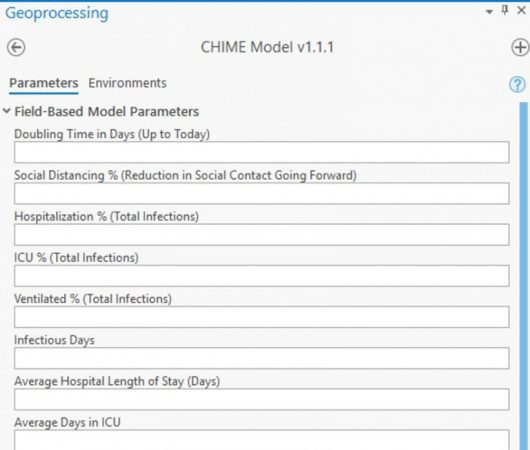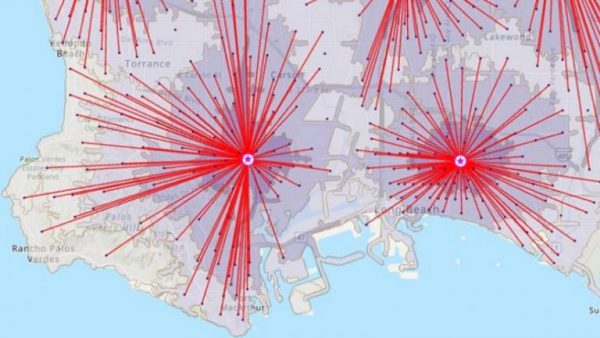
15 Apr Models and Maps Explore COVID-19 Surges and Capacity to Help Officials Prepare
Early on epidemiologists watched with growing concern as the number of people around the globe diagnosed with novel coronavirus 2019 (COVID-19) began increasing this year. When the epidemic turned into a pandemic, many anticipated shortages of hospital beds, supplies, devices, and medical personnel as the number of cases grew.
Penn Medicine’s Predictive Healthcare Team adapted the susceptible, infected, and recovered (SIR) mathematical model, to create a new model it calls CHIME (COVID-19 Hospital Impact Model for Epidemics). The CHIME model provides up-to-date estimates of how many people will need to be hospitalized, and of that number how many will need ICU beds and ventilators. It also factors social distancing policies and how they might impact disease spread.

Public health administrators, hospital administrators, and government authorities from around the world have been quick to recognize the need for forecast models like CHIME to guide public policy and plan hospital response.
Within GIS, users can drill more deeply into specific geographies to see model outputs alongside other spatially varying data—such as senior populations or communal living places which are more vulnerable—to explore what the model results mean for people and places. This approach also fuels the next question, which is, “where and when should resources be moved to meet the demand?” Tools such as location-allocation can guide these decisions and make sure demand is met as effectively and equitably as possible.
Using GIS, officials can further explore the modeled forecast and answer other location-specific questions crucial to response and recovery. The spatial analytical power of GIS can be used to analyze and understand a variety of critical questions related to COVID-19, guiding actions to reduce the impact on individuals, healthcare systems, and businesses.
Watch this video for more details on integrating modeling and forecasting into existing GIS workflows.

